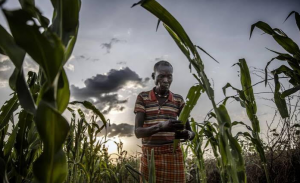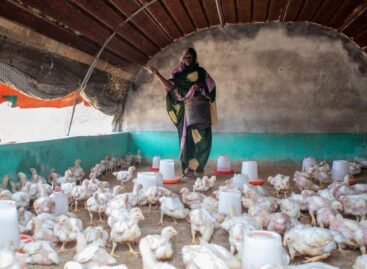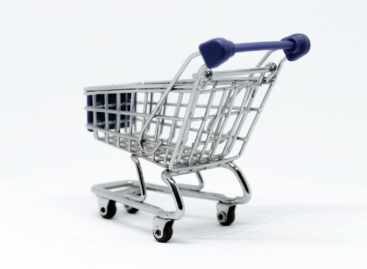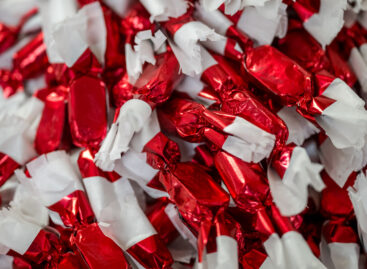FAO aims to provide livelihood assistance to nearly 49 million people in 2021
As the COVID-19 pandemic, conflict and climate-related crises drive acute levels of hunger higher, the Food and Agriculture Organization of the United Nations (FAO) is seeking $1.1 billion in 2021 to save the lives and livelihoods of some of the world’s most food-insecure people.

In 2021, FAO is aiming to reach more than 48.9 million people who rely on agriculture for their survival and livelihoods through interventions aimed at boosting local food production and nutrition, while strengthening the capacity and resilience of communities to prepare for and cope with crises, as well as providing post-disaster livelihoods support to help people resume production.
According to FAO’s latest data, country after country has recorded new food insecurity figures and the total number of people who experienced acute food insecurity at crisis or worse levels in 2020 is expected to exceed 2019’s high of 135 million people. This year’s Global Report on Food Crises , to be launched by the Global Network against Food Crises in April, will underscore the severity of the situation.
“The shocks of the past year will reverberate long into 2021 and beyond, and we need to urgently scale up actions to avert a worst-case scenario,” said Dominique Burgeon, Director of FAO’s Emergencies and Resilience Division.
Of extreme concern are the estimated 30 million people in Integrated Food Security Phase Classification (IPC) Phase 4 or Emergency levels of acute hunger, who are already experiencing excess mortality and the irreversible loss of vital livelihood assets.
Hundreds of thousands of girls, boys, women and men are at extreme risk of acute food insecurity in several countries. Many are living in conflict zones where humanitarian access is restricted or challenging.
“Millions are living on the precipice – one stress or shock away from a rapid deterioration. With or without famine declarations, we need to act now,” Burgeon added.
Many depend on agriculture for their lives and livelihoods
Agriculture is critical as nearly four out of five people live in rural areas and rely on some form of agricultural production for their livelihoods. The most severe manifestation of acute hunger remains a largely rural phenomenon so averting famine must therefore begin in rural areas and include large-scale and collective action to save livelihoods and lives.
FAO has already provided critical livelihood support to safeguard the livelihoods of over 24 million people against the socio‑economic impacts of COVID-19. Desert Locust control operations have also had an impact in the Greater Horn of Africa and Yemen where FAO has protected over 3.1 million tonnes of cereal, worth $939 million, enough to feed more than 20.8 million people for a year and protect more than 1.5 million pastoral households.
With FAO’s support, those affected can have the means and the capacity to produce the food needed to stave off acute hunger.
FAO targets assistance to acutely food insecure
FAO’s emergency response in 2021 will focus on providing assistance to highly food-insecure communities in more than 30 countries including the Democratic Republic of the Congo, Ethiopia, Somalia, South Sudan, Syria and Yemen.
Yemen is suffering the world’s worst humanitarian crisis as a consequence of conflict and economic collapse. Farmers have also had to deal with Desert Locusts and natural disasters. FAO aims to reach 6.3 million people with high impact interventions combining cash and agricultural livelihoods support and promoting community resilience.
In Syria, 12 million people will benefit from restoring agricultural livelihoods and value chains while in Ethiopia, the Organization aims to assist 6.7 million people facing acute hunger and another 6 million people in South Sudan to improve their food security, resilience and agricultural production.
Recognizing that close monitoring and agility are crucial tools in preventing rapid deterioration, FAO will continue to expand its anticipatory action linked to early warnings in 2021 to protect livelihoods before a disaster.
“We will continue investing in the most vulnerable people and their livelihoods so that they can lead their future recovery and pull themselves out of acute hunger,” said Burgeon.
Related news
FAO: International food prices have been declining since September
🎧 Hallgasd a cikket: Lejátszás Szünet Folytatás Leállítás Nyelv: Auto…
Read more >FAO-Ministry of Agriculture Scholarship Program Continues
🎧 Hallgasd a cikket: Lejátszás Szünet Folytatás Leállítás Nyelv: Auto…
Read more >FAO: 2026 is the International Year of Rangelands and Pastoralists
🎧 Hallgasd a cikket: Lejátszás Szünet Folytatás Leállítás Nyelv: Auto…
Read more >Related news
The Hungarian Confederation of Economic Workers also spoke out regarding the inflation data
🎧 Hallgasd a cikket: Lejátszás Szünet Folytatás Leállítás Nyelv: Auto…
Read more >KSH: in November, consumer prices exceeded the values of the same month of the previous year by an average of 3.8 percent
🎧 Hallgasd a cikket: Lejátszás Szünet Folytatás Leállítás Nyelv: Auto…
Read more >In addition to jelly and marzipan Christmas candy, there are more and more specially flavored Christmas desserts on offer
🎧 Hallgasd a cikket: Lejátszás Szünet Folytatás Leállítás Nyelv: Auto…
Read more >







